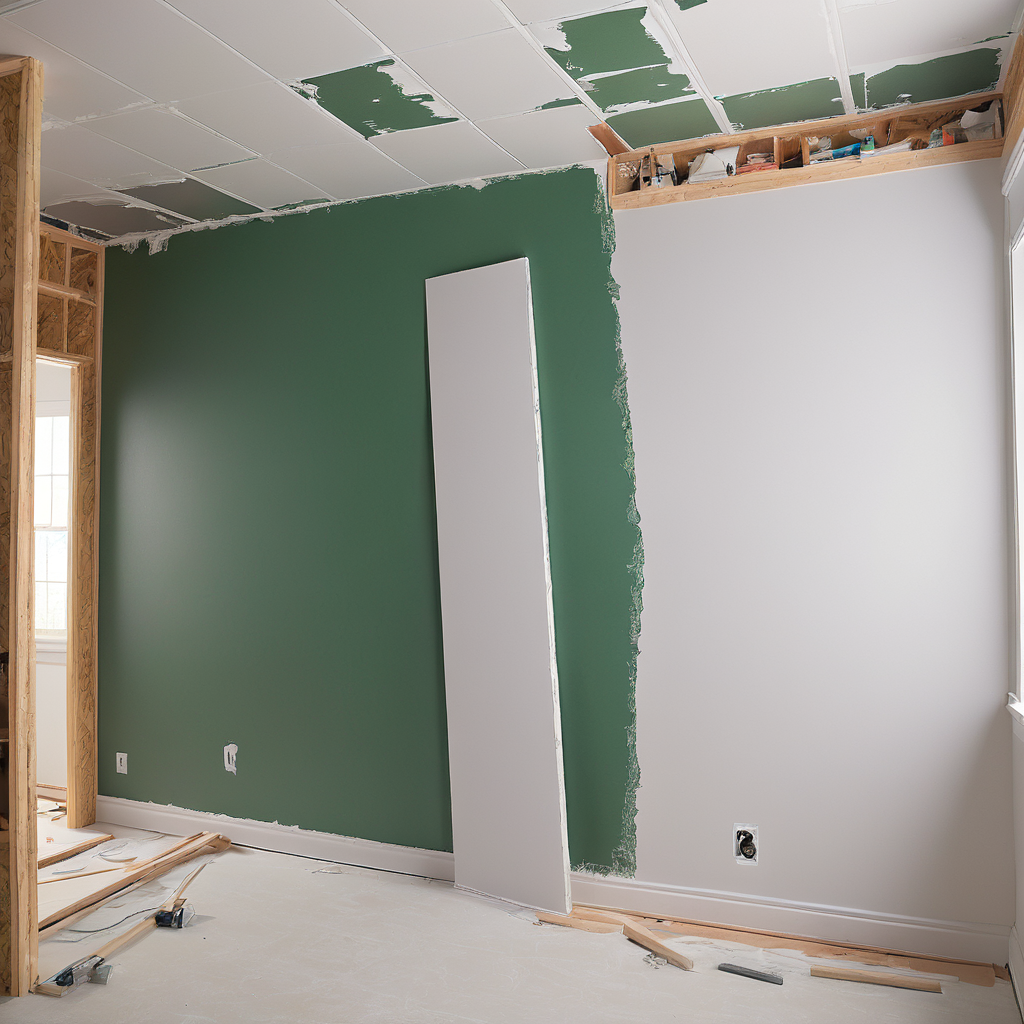
When it comes to construction and renovation projects, choosing the right materials is crucial to ensuring the durability and longevity of the final result. Two commonly used materials in the construction industry are green board and Sheetrock. While both serve the purpose of creating walls and ceilings, they have distinct differences that make them suitable for specific applications.
Green board, also known as moisture-resistant drywall, is designed to be used in areas that are prone to moisture, such as bathrooms, kitchens, and laundry rooms. The core of green board is infused with moisture-resistant additives, making it more resistant to water than traditional drywall. The facing of green board is green in color, which helps to distinguish it from regular drywall. The moisture resistance of green board helps prevent mold and mildew growth, making it a preferred choice for humid environments.
On the other hand, Sheetrock is a brand name for drywall that is commonly used in interior construction. Sheetrock is available in a variety of types, including regular drywall, fire-resistant drywall, and soundproof drywall. Regular Sheetrock is suitable for areas where moisture is not a concern, such as living rooms, bedrooms, and hallways. Fire-resistant Sheetrock is designed to slow down the spread of fire in case of an emergency, making it ideal for high-risk areas. Soundproof Sheetrock is used to reduce noise transmission between rooms, providing a quieter and more comfortable living space.
In terms of installation, green board and Sheetrock are similar. Both materials are hung on walls or ceilings, screwed into place, and finished with joint compound and tape. However, it is essential to follow the manufacturer’s guidelines for installation to ensure the best results and longevity of the walls or ceilings.
When deciding between green board and Sheetrock, it is essential to consider the environmental conditions of the intended installation area. If the area is prone to moisture, such as a bathroom or kitchen, green board is the better option due to its moisture-resistant properties. For other areas of the home that do not face moisture issues, regular Sheetrock is a suitable choice.
In conclusion, green board and Sheetrock are both essential materials in construction projects, each serving a specific purpose based on the environmental conditions of the installation area. By understanding the differences between green board and Sheetrock, homeowners and contractors can make informed decisions when selecting the most appropriate material for their project.
Cedar Hill St. Louis Jefferson County Olivette Kirkwood Ballwin Arnold Franklin County St Charles County Fenton High Ridge Dittmer Creve Coeur
